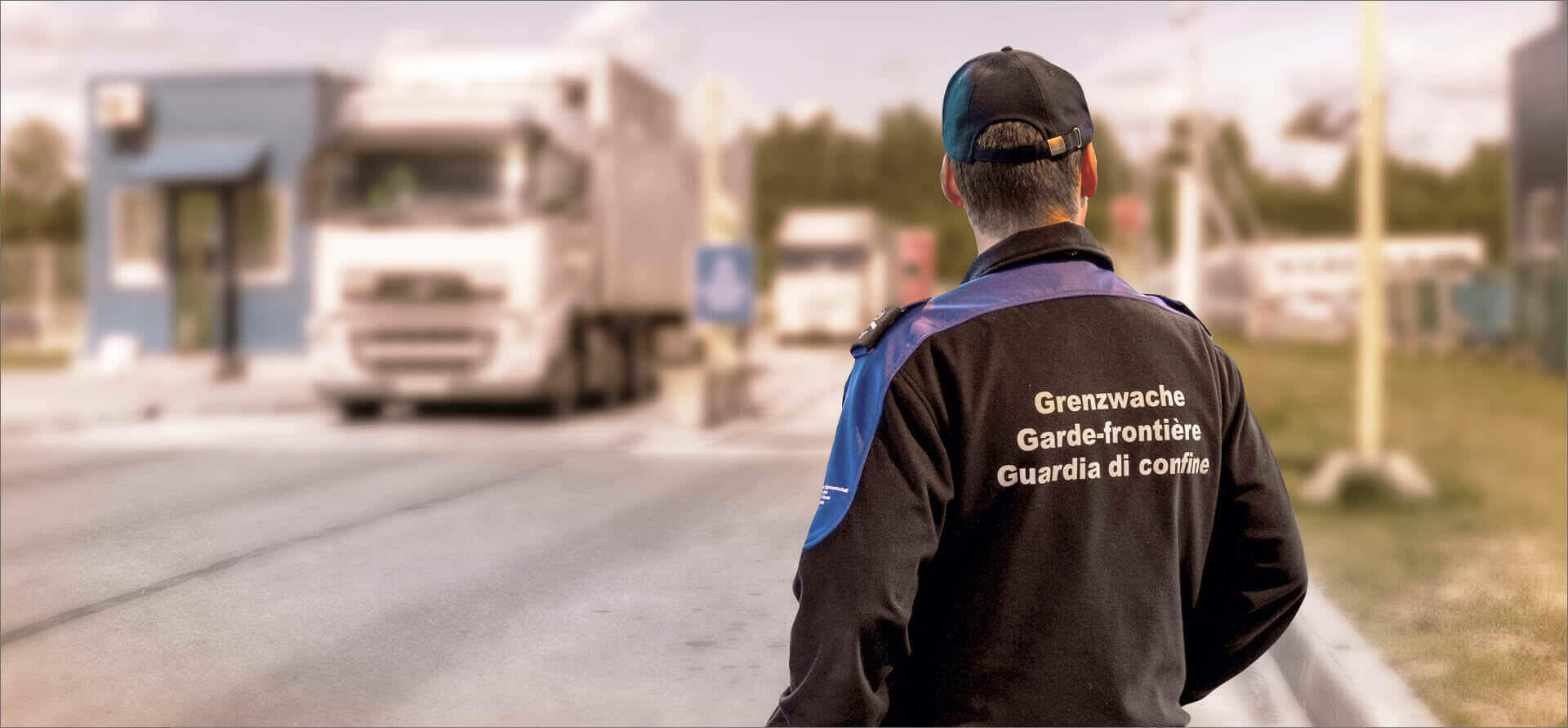The customs control system during all of the operations performed during “clearance” is quite complex and aims to comply with all customs procedures provided in the Italian legislation in force. The legislature has implemented many goods shipment controls at customs entry (or exit), and “remotely” through verification of the operations performed.
Controls during customs proceedings in the past years have undergone a process of integration with EU regulations; such regulations, to date, have allowed a system for traffic of goods, especially in the EU, which is quite standardized. Customs control systems in Italy are based on three fundamental pillars:
- Physical inspections
- Conformity assessments
- Remote verification
Each of these “points of control” contributes to guaranteeing a certain level of security; in the various phases of transporting goods, these allow an accurate risk analysis for incorrect operations implemented. The integration of all types of controls among them triggers a generalized “inspection” and allows an examination to ascertain fully what is due, allowing income into the state coffers quantified at billions of euros.
Within this regulatory structure for community controls, Italy has issued provisions aimed to bring uniformity to the procedures performed by officials and the police forces present in the various customs offices on land and sea borders. Circulars issued over time, found in customs agency offices, clarify interpretive questions regarding all of the procedures to implement in specific cases; e.g., connected with importation of merchandise as well as during exportation. This latter is the first and the most essential differentiation to be noted.
In the case of exporting goods, customs offices must first inspect the “exiting” goods to ensure that they are not subject to specific restrictions (for example, in case of works of art or animals subject to natural limits), this control, in most cases, is either physical or for compliance; it aims to waive the prescribed authorization known as “customs bill or bill of entry/exit”.
In the case of importation (transporting goods into national territory), however, customs officials must act to allow payment of customs fees. This is perhaps the most difficult phase of the entire monitoring procedure; the customs official must first catalogue the goods and ascertain their provenance from the country of origin. Once the basic data is known, a simple mathematical calculation (which also considers the statistical value of the goods entering) is used to quantify the customs duty and from this the calculation for Value Added Tax (VAT) to be paid is later derived. Often, all calculations find their point of departure in the declaration presented by the shipper and in the possession of the self-transporter; in this case a sample physical inspection is carried out, and a later inspection is performed to confirm the accuracy of the data given in the declaration presented. In the case of a false declaration, the prescribed criminal penalties will be applied.
In addition to the aforementioned classic cases regarding the transportation of goods, there are two more limited cases. That of transit of goods and temporary importation (use especially in case of repairing goods). In these two cases, customs controls aim to ascertain that no fraudulent activities have taken place to avoid payment of the fees due.
Customs inspections are performed regularly, and over the years they have reached a minimum ceiling of action. For example, the physical inspection taking place in an encounter, performed visually by customs officials, must involve no less than 10 percent of the goods subject to reporting, exact observation of minimum levels, and guaranteed obligation to draft an operations report completed within the competent offices. This percentage must also be guaranteed by verification of the customs seals, which are required for cargo in transit on national territory or for temporary exportation.
Emphasis must also be given to the fact that the inspection of goods at the customs office in recent years has been conditional, especially by virtue of the European Union allowing free transit of goods within its borders. In fact, many products enter the EU through countries that do not have an effective monitoring system and afterwards move only within single nations, in this case using customs assistance only once. In such cases, the EU clearance performed in other countries does not affect the validity of what is a fundamental control and which concerns all goods moving within our country. This is why inspections are primarily in search of fraudulent systems implemented by dishonest importers.

